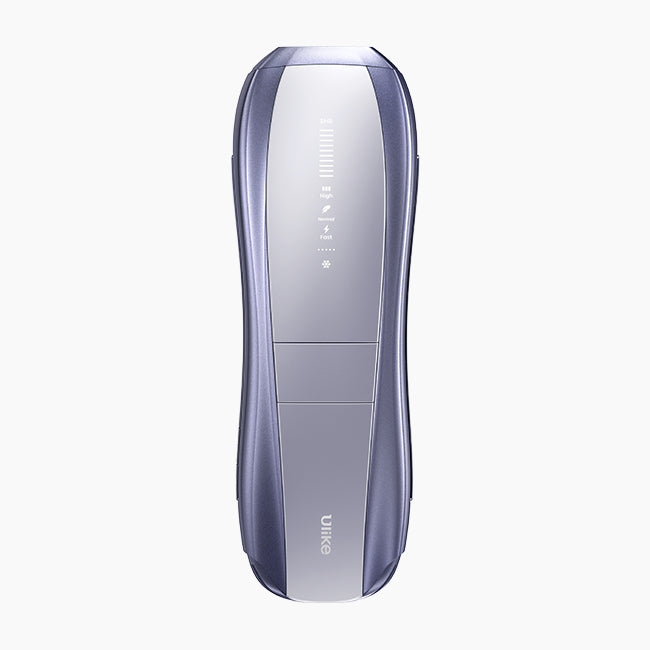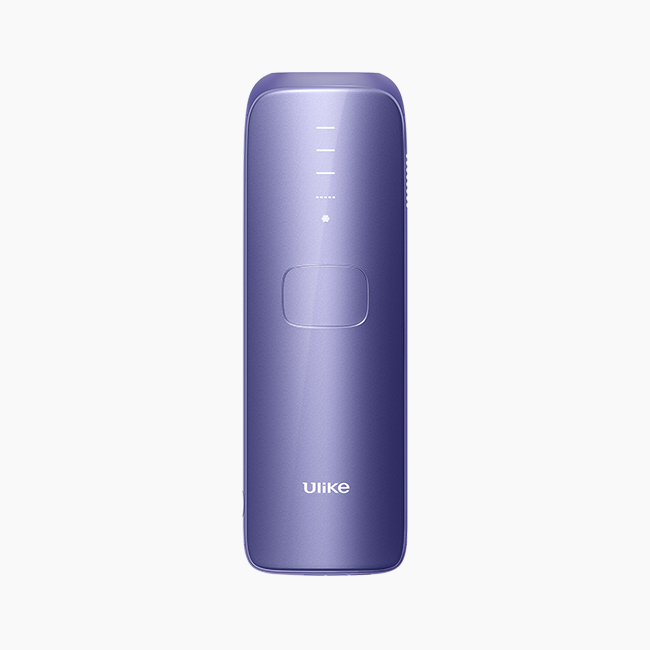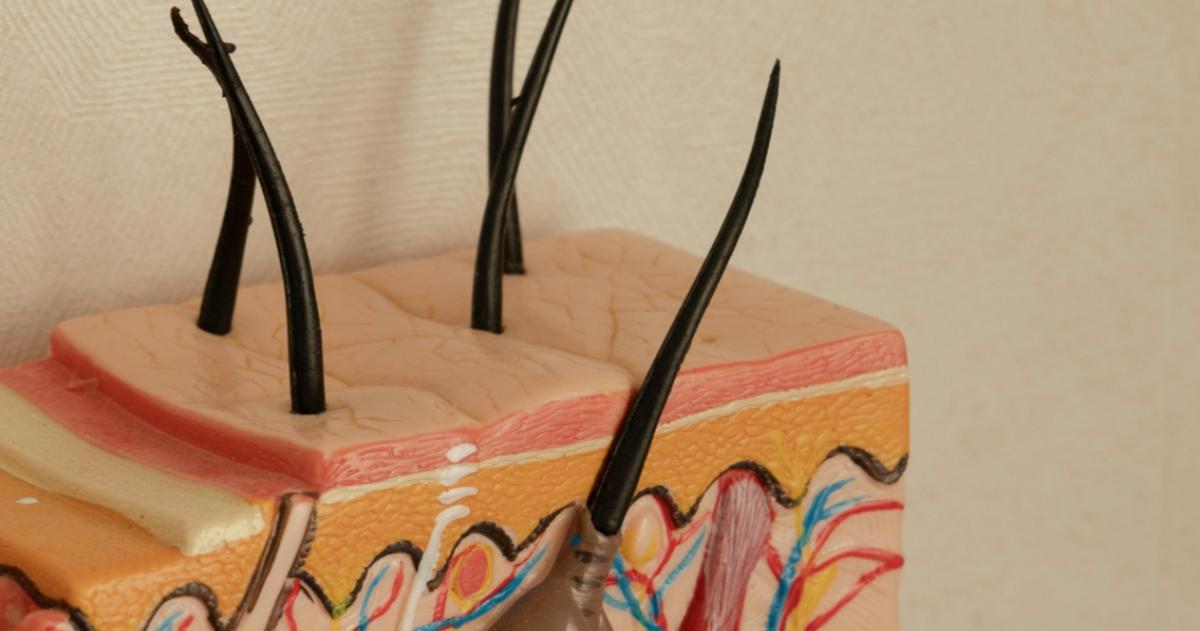Hair growth is common after laser hair removal, and it can only be completely stopped after several sessions. Plucking unwanted hair is a prerogative for some people after laser treatment for the skin to stay smooth. A Reddit user posted a story replete with the agony of still having facial hair after her laser sessions, while inadvertently recommending a solution.
The Reddit community advised the girls against plucking their hair since the remaining sessions would be extended. She was saved in time but what about you? Searching all over the internet “I plucked my hair after laser, will it cause any side effects?” Well, let us discuss the aftereffects of tweezing hair after laser in detail!
Table of Contents:
- Part 1: Can You Pluck Hair After Laser Hair Removal?
- Part 2: What Are the Side Effects of Plucking Hair After Laser Hair Removal?
- Part 3: What Should You Do With the Hair Between Laser Hair Removal Sessions?
Part 1: Can You Pluck Hair After Laser Hair Removal?

In laser hair removal, a concentrated beam of light is absorbed by the melanin pigment present in your hair. Most modern laser hair removal systems use a laser to direct the energy of light into the follicles, and this energy heats and destroys them. The back-and-forth method entails several sessions because hair follicles must be removed while hair is in its active growth phase.
So, hair might not stop growing after just one session. You will still see unwanted hair on your body and might want to pluck them. But you must resist this temptation because the hair should remain intact from the roots for the laser to work effectively. Therefore, plucking hair from the area between two sessions will remove the hair from the roots and could inhibit the effectiveness of the next session.
What do experts say? Many professionals at different clinics recommend that you avoid plucking hair after undergoing a laser. Mayfair Aesthetics, a popular laser and skin clinic, mentions that you should not pluck hair after the laser session. In addition, experts at Ethos recommend the same.
Part 2: What Are the Side Effects of Plucking Hair After Laser Hair Removal?

Increased Hair Growth
Following the laser session, the hair should fall out naturally on its own. If you pull them out, the hair growth cycle is disrupted. Your body may consider this is a trauma and increase the blood supply to the hair follicle area to support hair growth. It may occur temporarily but you might see darker and thicker hair regrowth.
Infection
The hair follicles become inflamed and sensitive because of the heat they are exposed to during laser hair removal. Plugging and yanking out the hair strands forcefully after the session can rip those already sensitive hair follicles. This will make those damaged hair follicles susceptible to bacterial invasion and infection.
It causes itching, redness, burning, and tenderness to the involved area; any negligence may favor pus formation over the inflamed skin.
Scarring
Sometimes, a hair Follicle gets disrupted due to forceful hair plucking, which may cause bleeding from that particular area. The resulting bleeding may become small scars of varying size. This can depend on how much damage has occurred.
Picking on the scars and applying any harsh products on the scars will only worsen the situation.
Hyperpigmentation
Another effect of laser hair-removal method is hyperpigmentation, especially when it comes to people with sensitive skin. This is because the brain recognizes it as trauma to the skin and sends inflammatory cells to that skin area. This induced inflammation causes excessive melanin synthesis and eventual post-inflammatory hyperpigmentation. Waxing or plucking after a laser session worsens this hyperpigmentation by darkening the affected area.
Part 3: What Should You Do With the Hair Between Laser Hair Removal Sessions?

Shaving
Among the most recommended methods for removing hair after laser hair removal is shaving, as its cutting blade gets the hair only along the surface of the skin; it does not affect any of the hair follicles so that the next laser treatment will be as effective as the previous one.
Trimming
You can choose to trim your hair if you do not wish to shave or are not comfortable using a shaving blade. An electric trimmer can be used to cut all the hairy growth above the local skin surface. With these trimmers, you can easily trim hair shorter. Still, care should be taken to use a trimmer that is specified for that area. Facial and body trimmers should not be used as each other’s replacements.
The hair growth will become lesser and lesser with each session but it will not stop till the last session. Shaving and trimming can help you manage regrowth safely without causing any damage to the follicles and be hairless during the sessions.
You can also speed up the hair-shedding process by adequate skincare between laser hair removal sessions. For example:
- Moisturizing the skin regularly makes the skin softer allowing the hair to shed more easily and smoothly. However, laser makes your skin sensitive therefore you must use a fragrance-free and chemical-free moisturizing product
- Sometimes when the dead skin cells and dirt keep on piling up on your skin, hair shedding becomes slower. Cleansing the skin regularly and exfoliatingit twice every week will help remove the dead cells and make shedding easier
Conclusion
Tweezing or plucking hair is usually not recommended following laser hair removal, as this action usually increases the possibility of ineffectivity of the next laser treatment. There could also be more possible side effects like hyperpigmentation, scarring, infection, or even increased hair growth.
So, try to shave or trim any hair growth that appears after laser treatment instead of pulling it out. This should get rid of your unwanted body hair without compromising the laser hair removal treatment. Also, make sure to consult with your laser technician for a thorough list of aftercare instructions to achieve the best results.






